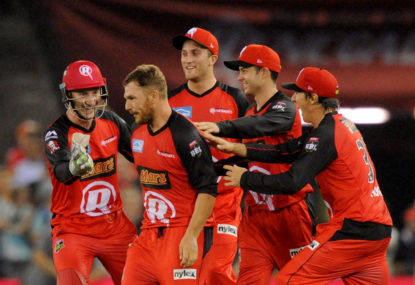As we get closer to the start of BBL 07 it’s a good time to talk about expansion, starting a second division, instituting promotion and relegation and starting new competition to guard against baseball.
In the first six seasons of its existence the BBL has developed into a sporting juggernaut which could soon knock the AFL off its perch when it comes to having the highest average attendance of any code in Australia.
The AFL’s average attendance currently sits at 35,000 while the BBL is at 30,000. But the BBL has been around for only six seasons and is now going into it’s seventh. This rapid success is driving calls for expansion, while some online have even suggested that the BBL could start a second division with promotion and relegation.
Looking at the growth rate of the BBL, it will soon take the title of having the highest average attendance away from the AFL, especially when the Perth Scorchers have been held back by the capacity of the WACA. Once the new 55,000-seat stadium as Burswood opens it will boost the BBL’s average attendance quite nicely.
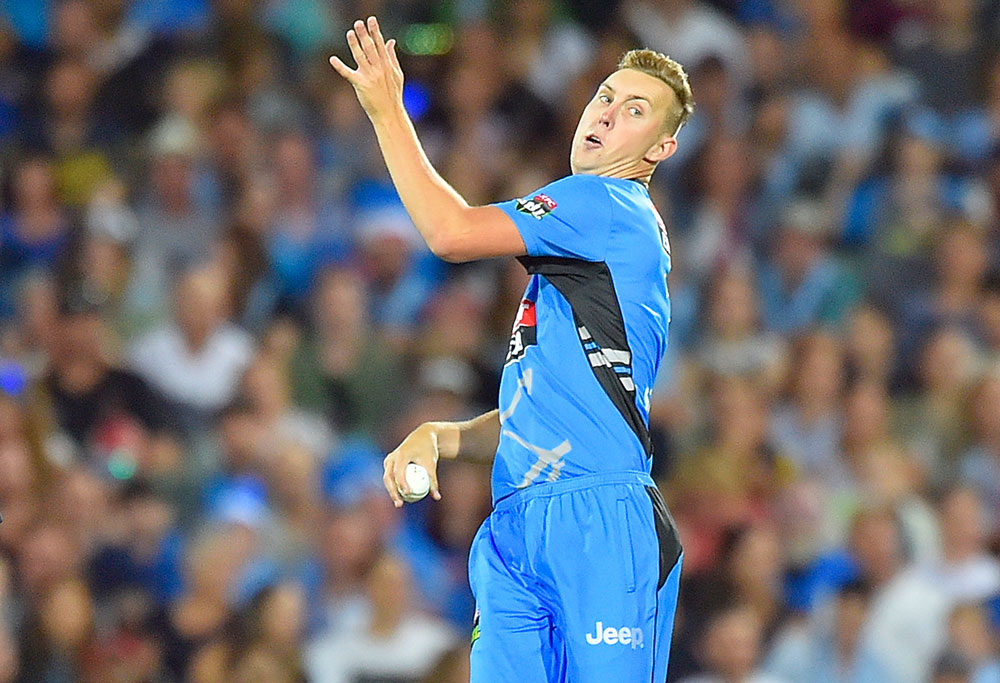
(AAP Image/David Mariuz)
The other big area for improvement in attendances is in Melbourne. Last season’s Melbourne derby had an attendance of 80,883 at the MCG, but this might not be as good as it first sounds.
While the 80,000 figure looks impressive, it isn’t much better than both teams’ 2016-17 season home averages individually. The Melbourne Stars average was 49,578 while the Renegades average was 30,033.
In other words the match only drew fans who are currently supporters of those teams. But, more importantly, the Melbourne Stars are able to only half fill the MCG for a number of matches. By comparison the best average home attendance for an AFL team in the same year was Richmond with 55,958, followed by Essondon with 50,812 and Collingwood in third with 46,815.
The best thing to do in my opinion would be to merge the two Melbourne clubs together so that the new team can reach the full capacity of the MCG for every home game. Then at the same time a new team can be added for geographic expansion of the competition.

(AAP Image/Joe Castro)
So who should be the BBL’s eighth team?
The BBL was established to help spread the appeal of the sport and Cricket Australia seem to be focusing on regional locations if new expansion teams are introduced, so you can rule out anywhere from the major cities.
Townsville, Cairns and Darwin are all in the tropics in high rainfall locations, so they’re unlikely.
A successful bid will require a stadium, so this narrows things down to Gold Coast, Canberra, Geelong and Launceston. The Gold Coast might be a bit risky going on previous form, while Kardinia Park is being pushed to add content not because of its suitability for cricket.
Kardinia Park is quite narrow and Geelong itself is about the size of Hobart, which had an average attendance of 17,570 last season. That would only half fill the current stadium in Geelong, which will soon be upgraded to 40,000 seats for the AFL. Australia already has enough half-empty stadiums as it is.
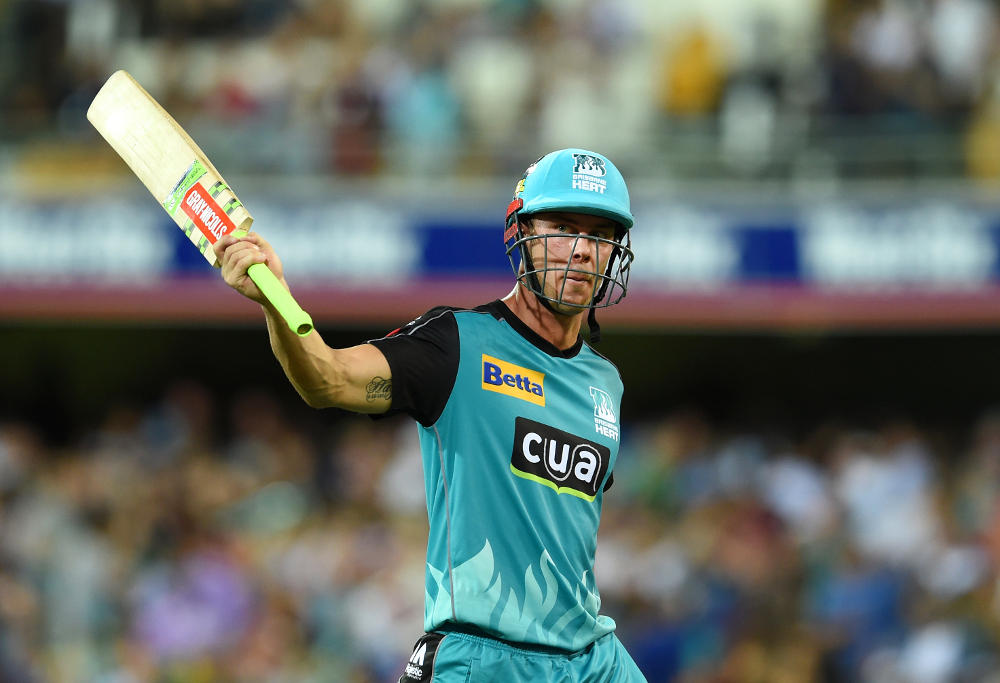
(AAP Image/Dan Peled)
Cricket is the most popular sport in Tasmania and Launceston holds the current Tasmanian attendance records for both AFL and A-League matches, so support should be solid enough – but Tasmania already has a team in Hobart.
This just leaves Canberra as the next team that could join the BBL and who could potentially fill the gap that would be left if the two Melbourne teams merged together.
If it can fill the MCG for every home match, the new Melbourne team will have the highest average home attendance of any club of any code in Australia, which will be a massive statement for cricket. It would also boost the average attendance of all the other clubs.
Adding Canberra will take the BBL to every state and territory in Australia apart from the Northern Territory, which would be affected by weather. Canberra deserves its own team rather than just getting the scraps from Greater Western Sydney or the Sydney Thunder. Treating the nation’s capital as a suburb of western Sydney is an insult.

(AAP Image/Richard Wainwright)
Can the BBL sustain a second division?
In addition to calls for expansion there have also been a few suggestions online about starting a second division with promotion and relegation.
If promotion and relegation were to be introduced, you might want to expand the BBL to a ten-team format to create a larger buffer to the relegation zone. This would require two leagues with ten teams in each.
The travel costs normally associated with other codes wouldn’t be nearly as high for a shorter length T20 season with fewer teams and far fewer matches, so travel costs for a BBL second division wouldn’t be an issue, perhaps as little as $4 million to $5 million. That just leaves financial and local fan support for teams in a second division as the main questions.
Germany’s top flight Bundesliga has an average attendance of 41,511 and the English Premier League has an average attendance of 35,822. Their second divisions have average attendances of 21,735 and 20,119 respectively. If BBL second-division teams could get a similar proportion of fans to show up for second division matches, then a second division would work.
Using Hobart’s average home attendance of 17,570 as a guide for regional teams, even 30 per cent of that would be enough support to run a team as long as they have a good stadium deal.
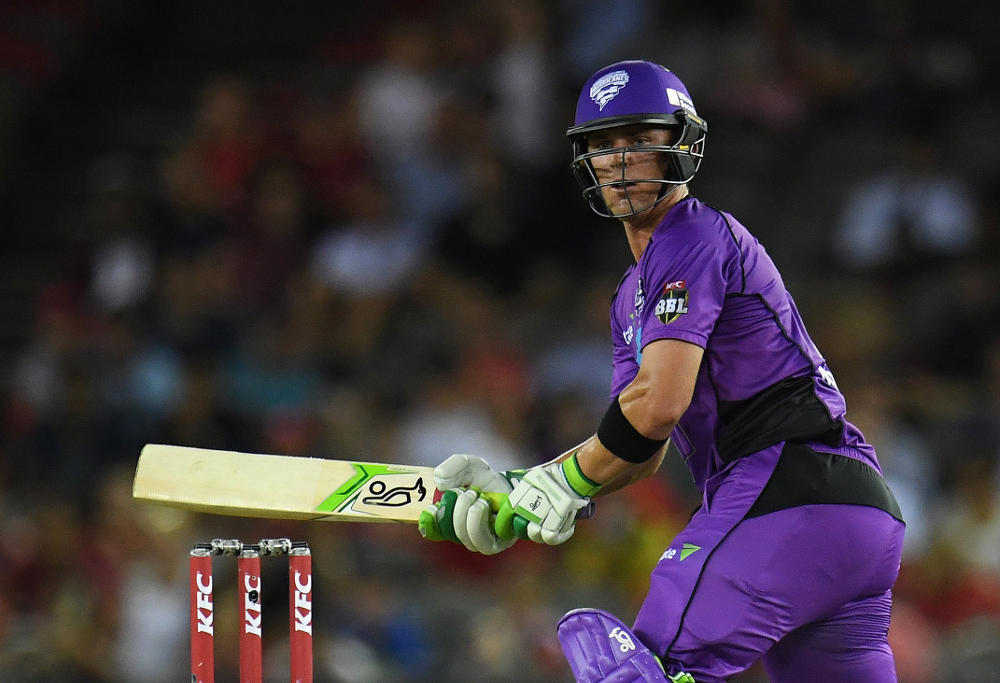
(AAP Image/Julian Smith)
Where would second-division teams be based?
If new teams were based in the major cities, they would just dilute support for the current ones, but Cricket Australia seem to be promoting regional locations for expansion to help spread the code geographically. It’s also important not to allow Baseball Australia to fill the void with the Australian Baseball League. Baseball Australia are also focused on regional Australia as part of their own aggressive expansion plans.
Baseball Australia are proactively pursuing having not just one but two teams in Tasmania specifically because of the dithering by other codes. This will be possible due to the ABL’s low cost structure.
The Hobart Mercury reported that “a club could successfully function on a $700,000 annual budget with crowds of 800-1000 for home games, with games played out of North Hobart Oval and UTas Stadium.”
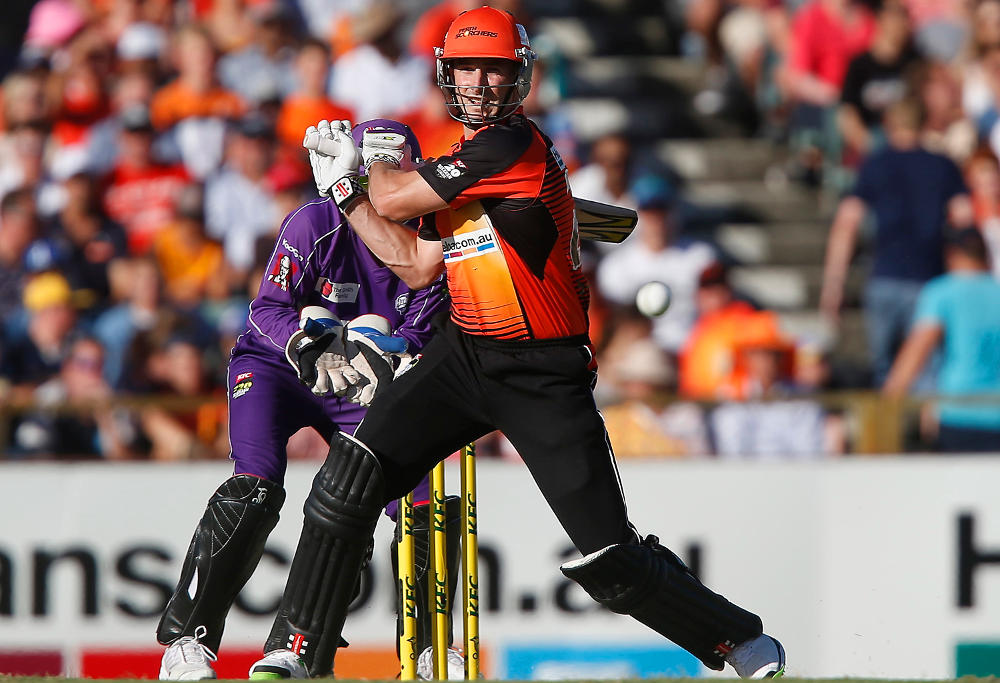
(AAP Image/Theron Kirkman)
Baseball Australia have their eyes on places like the Gold Coast, Lismore, Newcastle and Wollongong. Cricket Australia need to watch out and protect them. A trickle becomes a flood.
So with competition from baseball in mind, Cricket Australia could put second-division teams on the Sunshine Coast and in the Gold Coast, Toowoomba, Newcastle, Wollongong, Geelong, Ballarat, Bendigo, Albury-Wodonga and Launceston.
Whether or not Cricket Australia would actually support starting a second division is another matter, but it would be a relatively small investment for to start with teams from regional areas to head off baseball if they wish to do so. They could call this the Regional Australia Big Bash League, or RABBL for short.
The biggest thing holding back implementing promotion and relegation, however, would be the TV executives and what they would think of big teams dropping down. It might be a bridge too far, but maybe a league like the RABBL could still have a place even without it, especially when it comes to competing with the cashed-up Major League Baseball, who are trying to move in and steal young talent.
Baseball just isn’t cricket, but it could pay for cricket to be wary.





























































































